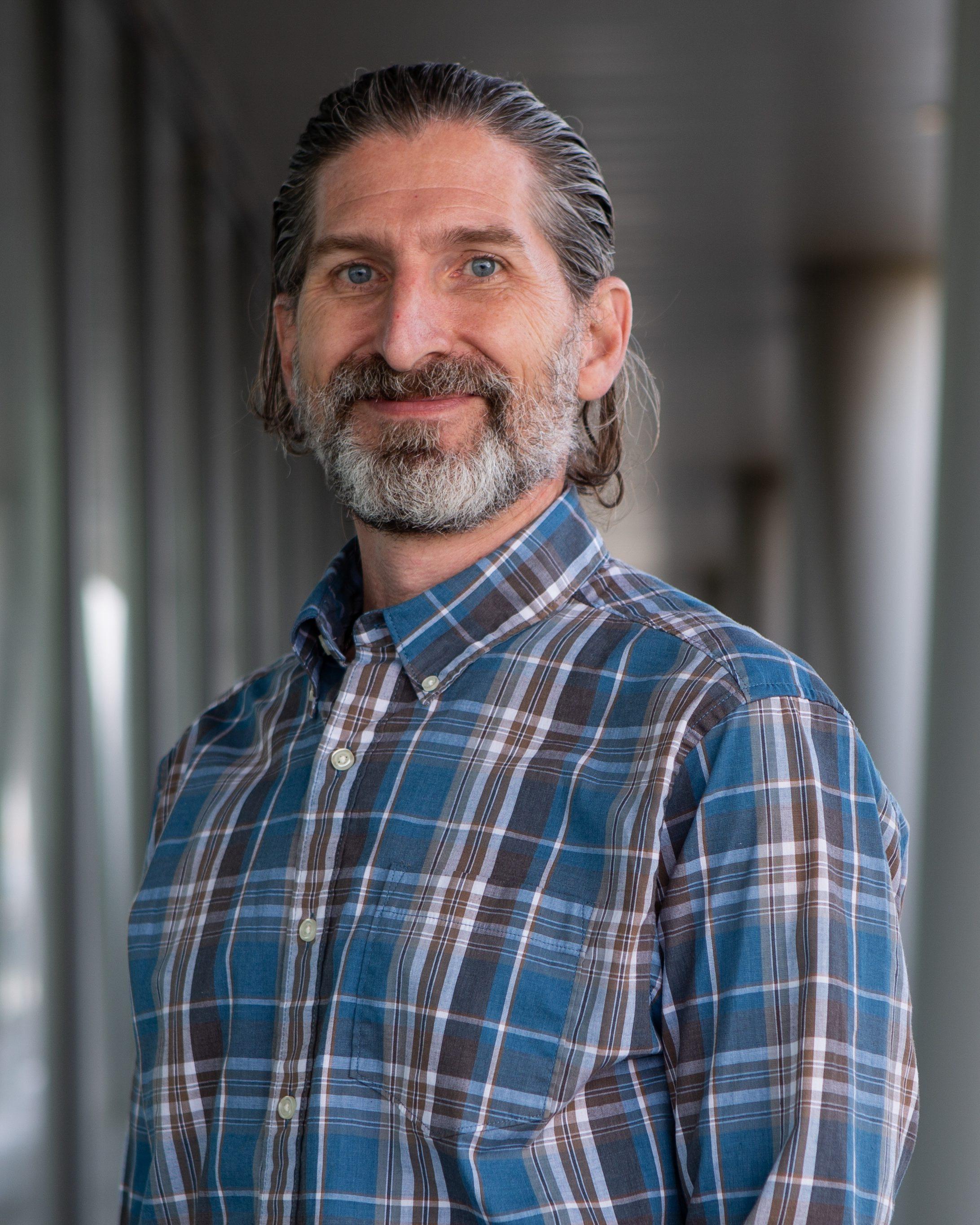Restore or Retreat
COAST (Coastal Advocacy through Science Training) Program
2 years
The Challenge
To support the long-term sustainability of Louisiana’s coast, community and culture, this program was designed to bring together native communities in Lafourche and Terrebonne Parishes and connect them with coastal scientists for the purpose of sharing knowledge and taking action related to environmental restoration and cultural impacts.
A key component of this training program was to conduct qualitative research with Native American communities focused on understanding how they see coastal restoration transforming their communities and culture, and to identify places of cultural value and places of risk to determine priorities for restoration. These engagement sessions provided Native American community members with the opportunity to both share and improve their knowledge of social-ecological resilience.
The Approach
The project used innovative geospatial approaches to the collection of traditional ecological knowledge that were integrated with spatial analysis to inform the planning and construction of a local resilience or restoration project. Spatial Video Geonarratives are environmentally cued interviews conducted with residents using GPS-enabled video cameras during community site tours. The data was transcribed and coded to identify common themes. GPS coordinates retrieved from the video cameras were mapped and paired with the transcripts created from the audio. The final products were geospatial datasets and a series of locally informed maps that reveal otherwise unknown patters of risks and resources for resilience and adaptation.
The Local Knowledge Mapping workshops used participatory and focus-group style qualitative methods in order to learn about the cultural significance of the land and restoration for Native American communities. Participatory mapping is a technique that encourages participants to identify places of value that are not readily identifiable through traditional quantitative and cartographic methods. Collected materials typically include traditional items put on public maps - schools, roadways, levees - as well as more personalized locations, such as family lands, fishing spots, or other places with specific social and cultural values that are not readily mapped for public use. In the case of Native American communities, these included ancestral burial grounds or locations of traditional healing plants. Creating these kinds of maps provided participants a sense not only of what is important to particular communities but where these places are located. The geographic specificity also enabled participants to understand places of value or threat in relation to other geographic features.
